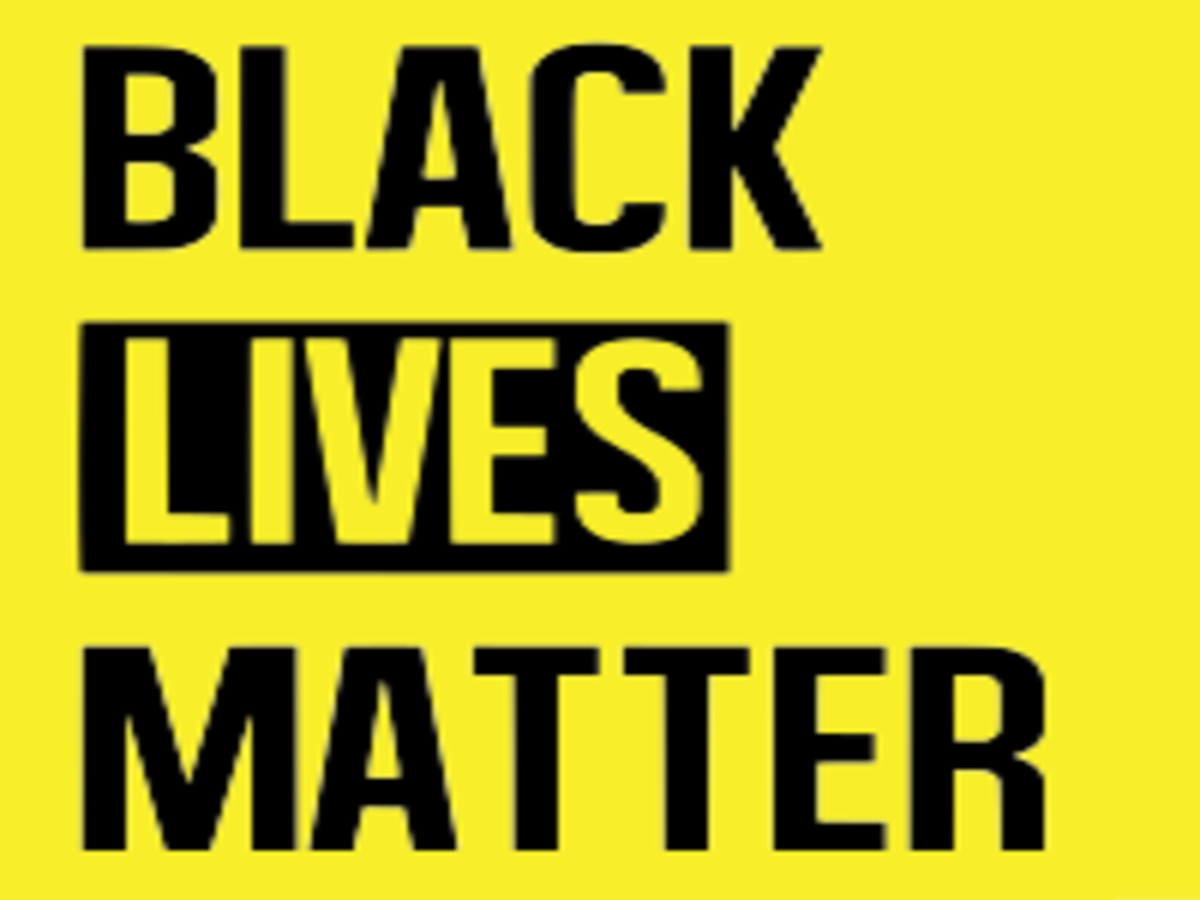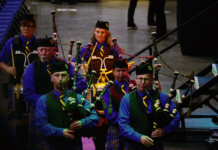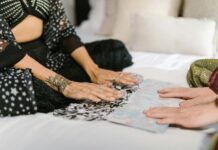Looming over the auditorium in HUB 302, the silence of the crowd emanates feelings of angst and empowerment. Is it a silence of rebellion? No. It’s one of solidarity which millions of people around the country participate in. The silence is loud, creating uneasiness across the nation and symbolizing centuries of oppression and suffering; it signifies that the movement “Black Lives Matter” (BLM) is so much more than just words. The speakers — BLM co-founders Alicia Garza and Patrisse Cullors — break the silence with a chant, only to be followed by an echo from the crowd.
“It is our duty to fight for our freedom,” the crowd reciprocates in unison.
“It is our duty to win,” the crowd responds with a louder chorus.
“We must love each other and support each other.” The room shakes with thunder.
“We have nothing to lose but our chains.” A final battle cry lifts the crowd in high spirits.
Vociferously cheering, the crowd unleashes an uproar; like a symphony, they are perfectly synchronized.
On Wednesday, Feb. 1, guest speakers Garza and Cullors visited UCR to provide the meaning behind #BlackLivesMatter. For the students who attended, this event was not only an empowering moment but also an opportunity to come together as a collective and begin to make their voices heard.
Toward the end, Garza shared a story that personally inspired her to continue the movement, which began in June of 2013. Imagine an African-American woman in the late 1840s having worked on a plantation her whole life. And amid brutality and persecution, she tried to flee captivity — until one day she succeeded. She was a free woman — free to make her own decisions and live her life without a concern for the world; yet, her persistence was the essence of Garza and Cullors’ fight today. Tubman risked her life to go back and save others from captivity. And in this tremendous effort, she endured pain, suffering and sorrow — but she kept going. In many ways, Tubman not only gave purpose to Garza and Cullors’ cause but also to the families and communities that join in the fight.
Power is not simply defined by the table someone sits at or the domineering presence of that individual. Power is deciding where the table is, or better yet, dictating whether there is a table in the first place.
One of the essential points that the guest speakers wanted to get across was the importance of understanding true power. “Power is not simply defined by the table someone sits at or the domineering presence of that individual. Power is deciding where the table is, or better yet, dictating whether there is a table in the first place,” stated Cullors. She shared that in order for the movement to move forward and for the voices of BLM activists to be heard, there must be power (for example, through narrative, economic, social, etc.). And this power to shape people and history requires more than just protests or organizations; rather, it requires BLM members to find the right people to work with, set realistic and specific tactics and build toward working alternatives. Instead of voicing the negative aspects of what doesn’t work, individuals need to direct their energy toward a vision and invest in lives. They need to have a hunger to strive for what works and learn how to navigate around conflict. That is real power.
Furthermore, BLM is more than “tearing shit down” or engaging in violence, as Garza asserted; they are fighting for abolition of oppressive social constructs in black and oft-marginalized communities. Alluding to the 1960s Greensboro sit-ins, Cullors explained, “People were not okay with sitting in restaurants and having tomatoes being thrown at them. However, we need to have integrity. It’s not about comfort. When we resist as a movement, people need to decide where they stand.” And furthering her argument, she asserted that as part of the African-American community, “We fight like hell for ourselves to survive. We fight to find joy. We need to protect the stories in history that define us.”
Those stories that Cullors alluded to include, but are not limited to, Martin Luther King Jr.’s, “I Have a Dream” and the Middle Passage; it is pertinent to protect these stories from being manipulated. “African-Americans didn’t come here to work,” Patrisse continued. “They were forced onto cargo ships. Millions of our people were chained under boats, raped and brutalized. They stripped us of our identity. We were stolen from our home!” After motivating the crowd, the two women asserted that these stories must be protected because only stories can open up opportunities and establish true power.
“Five years and 11 million dollars to militarize the police. That’s way too much!” argued a young lady from the crowd. Every individual in the auditorium was full of anger, passion and real emotion. It was truly an inspiration to see that the Black Lives Matter community was more than just a collaboration among activists to make change; they were a family. They felt each other’s pain and frustration, especially after events such as the Ferguson protests and the death of Michael Brown. Another individual asked how Garza or Cullors would respond to comments such as, “Why can’t we be more like Martin Luther King?” Cullors responded sardonically, “Why can’t we be like Martin Luther King? Because you killed him!” And it was that exact response that truly encapsulated her main point: There needs to be an end to the systematic oppression of marginalized communities in society. And, if we are to move forward as a country, we need to address these deeply rooted issues head-on. Undoubtedly, black lives matter.
Read the rest of our Beyond the Hashtag: #BlackLivesMatter event coverage here and here.








